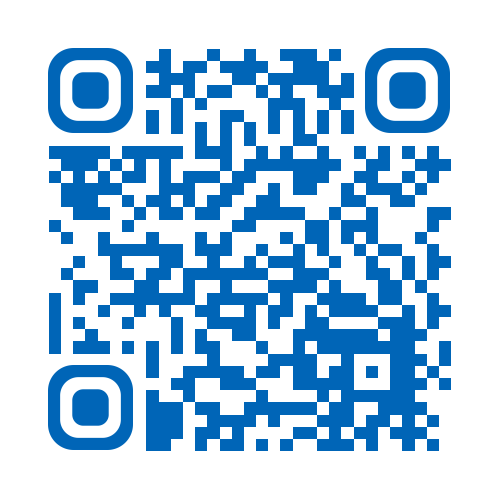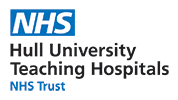- Reference Number: HEY-138/2023
- Departments: Oral Surgery, Dentistry and Max Fax, Plastic Surgery
- Last Updated: 31 July 2023
Introduction
This leaflet has been produced to give you general information about your procedure. Most of your questions should have been answered by this leaflet. It is not intended to replace the discussion between you and your doctor, but may act as a starting point for discussion. If after reading it you have any concerns or require further explanation, please discuss this with a member of the healthcare team caring for you.
What is the removal of a facial skin lesion?
You have a lesion on the skin of your face that requires removal for reasons that will already have been discussed with you. The procedure involves a local anaesthetic, i.e. you are going to be awake but the area will be numb so that you feel no pain.
The first step is to numb the area in and around the skin lesion with a local anaesthetic injection. This takes a few minutes to work. An antiseptic solution may then be used to clean the area and special ink used to mark out the piece of skin to be removed. The amount of time that the surgery takes obviously varies depending on the size of the area involved but typically it may take between 20 and 30 minutes.
Can there be any complications or risks?
Bleeding is uncommon. Should it occur it can usually be stopped by applying pressure over the area for at least 10 minutes with a rolled up handkerchief or gauze swab. If the bleeding does not stop please contact the department.
Infection is also uncommon but if the doctor carrying out the surgery thinks it might happen you will be given antibiotic tablets or ointment.
What will happen?
Removal of the lesion leaves a hole in the skin. This can be repaired in three ways:
If the hole is small the surrounding skin can be gently pulled together with stitches. Some of these stitches may be dissolvable but often stitches on the skin need removal after a week. Most skin lesions can be removed and repaired in this simple way.
If there is not enough loose skin next to the hole to allow the edges to be stitched directly then a neighbouring area of skin can be partly lifted and moved round to fill the hole.
This “flap” is then stitched into place. Once again a combination of dissolvable and removable stitches is often used. If it is necessary to raise a flap this does leave a larger scar but wherever possible the flap will be designed such that the scar lies in natural skin creases.
If a large area of skin has been removed it may be necessary to repair the wound with a piece of skin taken from elsewhere. Such a “graft” is often taken from behind the ear or just above the collarbone. These sites are chosen because they already have an excess of skin. The graft is then laid over the area where the facial lesion has been removed and sewn into place. A dressing is put over the graft for around 10 days.
The method of skin closure to be undertaken which is likely to be best for you, will be discussed with you before you sign any consent form for your operation.
What happens afterwards?
There will be some mild pain and discomfort once the numbness of the local anaesthetic injection has worn off. You may need to take simple pain relief medication. There is a variable amount of swelling and bruising which tends to be worse for the first few days after surgery but has usually settled after a fortnight.
If you have a local anaesthetic then you can drive yourself to and from the hospital on the day of the operation. Depending on the type of work you do it may be best to take the rest of the day off. If the lesion that you are going to have removed is close to your eye it would be best if you could bring someone with you to drive you home in case your vision is affected by any swelling.
You will obviously need any dressings or stitches removed and an appointment for this will be arranged before you leave the hospital. It is important to keep any dressings or stitches dry until they are removed. It is routine for any skin that has been removed to be sent for examination under a microscope, so that we can tell you what the problem was and whether it has been completely removed. This test takes time to carry out and the results may not be available for a couple of weeks. If there is a need for any further follow-up visits, it will be discussed with you once the results are known.
Depending on the nature of your work it may be necessary to take a fortnight or so off, and to avoid strenuous exercise for this time. Some sports with a high risk of facial injury should not be performed for up to three months.
Should you require further advice on the issues contained in this leaflet, please do not hesitate to contact the Maxillofacial Unit on tel no: (01482) 463218
General Advice and Consent
Most of your questions should have been answered by this leaflet, but remember that this is only a starting point for discussion with the healthcare team.
Consent to treatment
Before any doctor, nurse or therapist examines or treats you, they must seek your consent or permission. In order to make a decision, you need to have information from health professionals about the treatment or investigation which is being offered to you. You should always ask them more questions if you do not understand or if you want more information.
The information you receive should be about your condition, the alternatives available to you, and whether it carries risks as well as the benefits. What is important is that your consent is genuine or valid. That means:
- you must be able to give your consent
- you must be given enough information to enable you to make a decision
- you must be acting under your own free will and not under the strong influence of another person
Information about you
We collect and use your information to provide you with care and treatment. As part of your care, information about you will be shared between members of a healthcare team, some of whom you may not meet. Your information may also be used to help train staff, to check the quality of our care, to manage and plan the health service, and to help with research. Wherever possible we use anonymous data.
We may pass on relevant information to other health organisations that provide you with care. All information is treated as strictly confidential and is not given to anyone who does not need it. If you have any concerns please ask your doctor, or the person caring for you.
Under the General Data Protection Regulation and the Data Protection Act 2018 we are responsible for maintaining the confidentiality of any information we hold about you. For further information visit the following page: Confidential Information about You.
If you or your carer needs information about your health and wellbeing and about your care and treatment in a different format, such as large print, braille or audio, due to disability, impairment or sensory loss, please advise a member of staff and this can be arranged.

